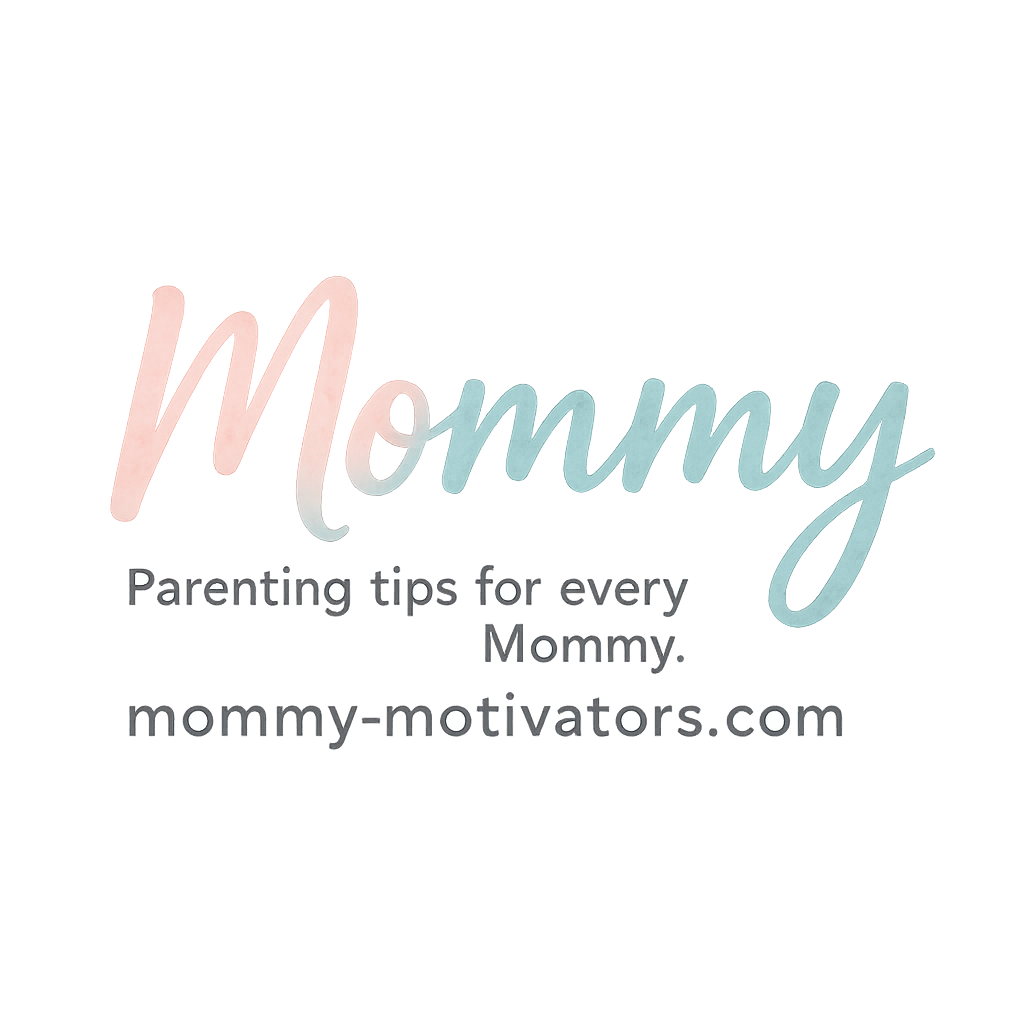Introduction
Let’s be real—getting a child who doesn’t like books to read can feel like trying to convince a cat to take a bath. If your little one groans at the mention of storytime or would rather do literally anything else than flip through a book, you’re not alone. Many moms face this struggle.
But here’s the thing: reading is more than just a school task. It opens doors to imagination, learning, and emotional development. The good news? You can turn your reluctant reader into a curious book lover—with the right approach.
So grab your coffee and get comfy, because we’re diving into 5 Ways Mommy Can Encourage Reading in Kids Who Don’t Like Books—and yes, we’re keeping it fun, practical, and doable.
Related: Explore resources for learning & development advice and reading tips at Mommy Motivators.
Understanding the Root Cause of Reluctance
Why Some Kids Dislike Reading
Every child is unique, but when it comes to avoiding books, the reasons are often surprisingly simple. Maybe they:
- Haven’t found the right book yet.
- Associate reading with school pressure.
- Struggle with reading comprehension or focus.
- Don’t see reading modeled at home.
Recognizing the Signs Early
Look for cues like constant fidgeting during storytime, avoiding eye contact with books, or flat-out saying “reading is boring.” Once you know why, it’s easier to address the how.
Explore more parenting cues and signs to look for on Mommy Motivators.

1. Make Reading Fun and Interactive
Use Books That Reflect Their Interests
Here’s a game-changer: let your child choose what they want to read. Forget “age-appropriate” for a sec—if your 6-year-old is into robots or poop jokes, find books that tap into that quirky curiosity.
Superheroes, Dinosaurs, and Everything In Between
Boys and girls alike can get excited about reading when they see familiar characters, thrilling adventures, or funny stories. Visit your local library or let them browse through options online.
Tip: The tag “reluctant readers” offers fantastic suggestions at Mommy Motivators!
Gamify the Reading Experience
Reading doesn’t have to mean sitting still and being quiet (that’s a tough sell for most kids!).
Turn Stories into Mini Adventures
Use silly voices, act out scenes, or create a “book scavenger hunt” where they find hidden clues in the pages. Even better—turn a bedtime story into a family skit.
2. Create a Cozy Reading Space
Environment Matters More Than You Think
If reading feels like a chore, it’s probably because it looks like one. Hard chairs, harsh lights, or cluttered desks aren’t exactly inviting.
Building a Book Nook with Your Child
Work together to set up a cozy corner filled with:
- Soft pillows or bean bags
- Warm lighting (fairy lights work wonders)
- Their favorite stuffed animals
- A personalized bookshelf
Giving them ownership over the space makes them want to use it.
For more on daily routines that stick, check out this habits guide.
3. Be a Reading Role Model
Monkey See, Monkey Do: Kids Imitate What They See
If your child never sees you reading, why would they think it’s fun? Pick up a book, a magazine, even a recipe, and let them catch you in the act.
Daily Family Reading Time
Set aside 15–20 minutes a day where everyone reads—even if it’s silent reading. Keep it light and consistent. When kids see it’s part of family life, it starts to feel normal.
Related: Learn about positive discipline and modeling behavior.
4. Start with Audiobooks and Picture Books
Meet Them Where They Are
Audiobooks are a gateway drug to actual books—and yes, that’s a good thing. They help build vocabulary and storytelling skills without the stress of decoding every word.
Audiobooks as a Stepping Stone
Here’s how to transition smoothly:
- Start with short picture books that also have an audiobook version.
- Let them follow along with the text.
- Gradually introduce longer stories.
Mixing mediums can help your child develop confidence, especially if they struggle with reading on their own.
Explore resources for reluctant readers for more audiobook picks.
5. Offer Rewards and Praise Progress
Positive Reinforcement That Works
Who doesn’t love a reward? Especially when it’s tied to effort—not just results.
Celebrate Small Wins to Build Confidence
Track progress with a sticker chart, mini journal, or reading log. When they finish a book or even a chapter, celebrate with:
- Extra playtime
- Choosing the next bedtime story
- A trip to the park
- A special badge for their reading nook
Need more reward system ideas? Dive into our parenting tips section.
Conclusion
Helping your child fall in love with reading isn’t about forcing the issue—it’s about making books feel like their idea. When you create an inviting environment, model the behavior, and celebrate progress, you shift the narrative from “I hate reading” to “Can I read another chapter?”
Even if the road starts off rocky, with these five strategies, you’re laying the foundation for a lifetime of curiosity, confidence, and connection.
Remember, Mama—you’ve got this! And we’re here to help every step of the way.
Check out more amazing guides on motherhood, new mommy basics, and mommy self-care.
FAQs
1. What if my child has a learning difficulty that affects reading?
Start by consulting a specialist and exploring developmental resources. Audiobooks and visual aids can help build confidence while you seek targeted support.
2. How often should I read with my child?
Aim for at least 15–20 minutes a day. Consistency beats duration when building a habit.
3. What types of books work best for reluctant readers?
Books with humor, bright visuals, or favorite characters often do the trick. Explore the reluctant readers tag for ideas.
4. How can I make reading part of our daily routine?
Incorporate it before bed or after meals. A daily schedule helps set expectations and keeps reading stress-free.
5. Is it okay to use screen time for reading apps?
Absolutely! Interactive e-books or educational apps can spark interest—as long as screen time stays balanced.
6. My kid used to love reading—what changed?
Check for emotional shifts, school stress, or boredom with current books. Revive interest by switching genres or revisiting old favorites.
7. How do I stay patient when progress is slow?
Celebrate small wins. Focus on connection, not perfection. And remember—you’re not alone. Browse the mommy tag for more real-mom experiences.


